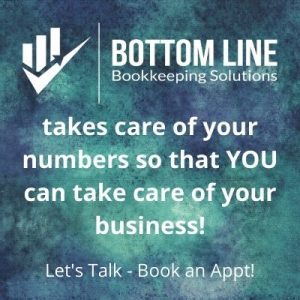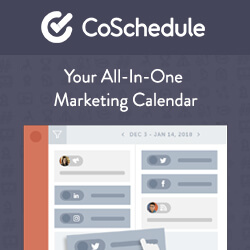How do you know what is really working in your marketing?
Your metrics and conversion rate will give you a sense of how effective a particular blog post or email was overall, but how do you know why it worked?
Split testing is a method of experimenting with, and comparing different versions of a web page to find out which version actually improved metrics and made the most sales. When the test is run, traffic to the page is split among the different versions and their performance is tracked. You can also use split testing to experiment with different versions of emails or paid ads and compare the results(i.e., Facebook or Google).
If you’re not testing and tracking your ads, sales pages, and ad campaigns, then you’re leaving money on the table. Here is a quick checklist for testing/tracking your ads.
TESTING/TRACKING CHECKLIST
Did you select a tool appropriate for what you’re testing?
If you are new to testing, you should stick with a simple 2 version test. This is called an A/B test. You can set this up through Google Analytics. For example if you are testing a squeeze page, a simple web page with the sole purpose of getting a prospect to sign up to your email list; LeadPages is a web based program that lets you easily create squeeze pages and it has split testing built in. If you are testing emails, many email autoresponders (programs that let you automatically send emails to your list), have split testing built in.
Did you change just ONE variable while holding all other variables constant?
Example: If you’re testing a sales letter, then just change and test one component of the sales letter (such as the headline) while being sure everything else is 100% identical between the two letters. That way, if there’s a change in conversion rate then you know it’s directly attributed to the one element that was tested.
Did you start by testing the components that are likely to have the biggest effect on the conversion rate?
Example: On a sales letter, the components that will have the biggest effect on the conversion rate include the headline, the P.S. at the end, the call to action, and the price of the product or service. These factors should be tested first, but only one at a time!
The factors that will have a much smaller effect on the conversion rate include things like the font style and placement of testimonials. These should still be tested, but only after you’ve tested the main factors.
Did you brainstorm multiple elements to include in your split testing?
If you’re testing headlines, then brainstorm a couple dozen headlines. Then choose at least three or four of the best headlines to test against one another.
Did you use a method such as pay-per-click marketing for quick testing?
Running ads on Facebook or Google can bring a lot of traffic to your page quickly. You’ll be able to see the results faster.
Did you get at least 50 actions (such as buys or subscribers) before analyzing your results?
You need to have more than a handful of results to make any real decisions based on the data you gather. If you are just starting out, getting that traffic can be hard without some paid advertising.
Did you examine your results carefully to be sure they’re due to the factor you’re testing and not some other element?
Even if you held all other variables constant, you’ll want to double check your methods at the end of a test to be absolutely sure all variables were held constant.
For example, suppose you did a split test on email subject lines, you may discover a glitch with your email service provider that sent some of the emails out in the morning and some in the evening. This time difference could affect the results of the test. This example emphasizes the need to really make sure that all variables are truly constant.
Did you test all parts of your ads and campaign? This may include (but isn’t necessarily limited to) things such as:
- Headline
- Subheadline
- Opener
- Benefit statements
- Proof
- Call to action
- Buy button design
- Price
- Overall offer (bonuses, etc)
- Guarantee (risk reversal)
- P.S.
- Design of the overall page
- Order form
- Order process
Now it is your turn. What are you going to test in your business?





